Breadcrumb
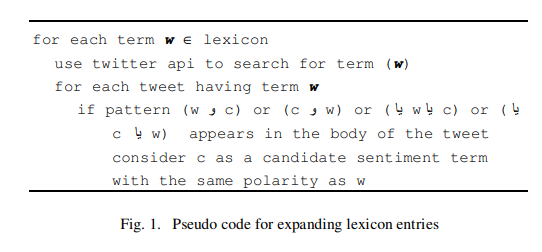
Open issues in the sentiment analysis of Arabic social media: A case study
With the rapid increase in the volume of Arabic opinionated posts on different microblogging mediums comes an increasing demand for Arabic sentiment analysis tools. Yet, research in the area of Arabic sentiment analysis is progressing at a very slow pace compared to that being carried out in English and other languages. This paper highlights the major problems and open research issues that face sentiment analysis of Arabic social media. The paper also presents a case study the goal of which is to investigate the possibility of determining the semantic orientation of Arabic Egyptian tweets and
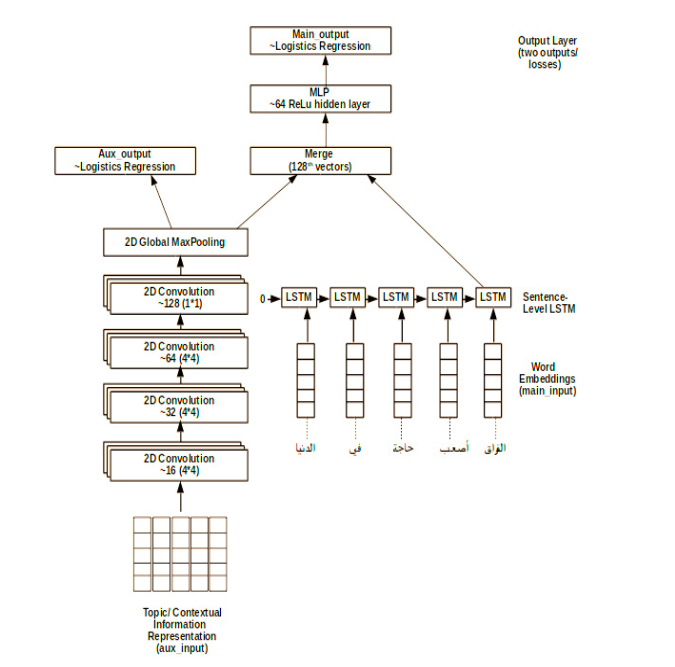
A Context Integrated Model for Multi-label Emotion Detection
This paper explores the impact of taking the environment within which a tweet is made, on the task of analyzing sentiment orientations of tweets produced by people in the same community. The paper proposes C-GRU (Context-aware Gated Recurrent Units), which extracts the contextual information (topics) from tweets and uses them as an extra layer to determine sentiments conveyed by the tweet. The proposed architecture learns direct co-relations between such information and the task's predication. The multi-modal model combines both outputs learnt (from topics and sentences) by learning the
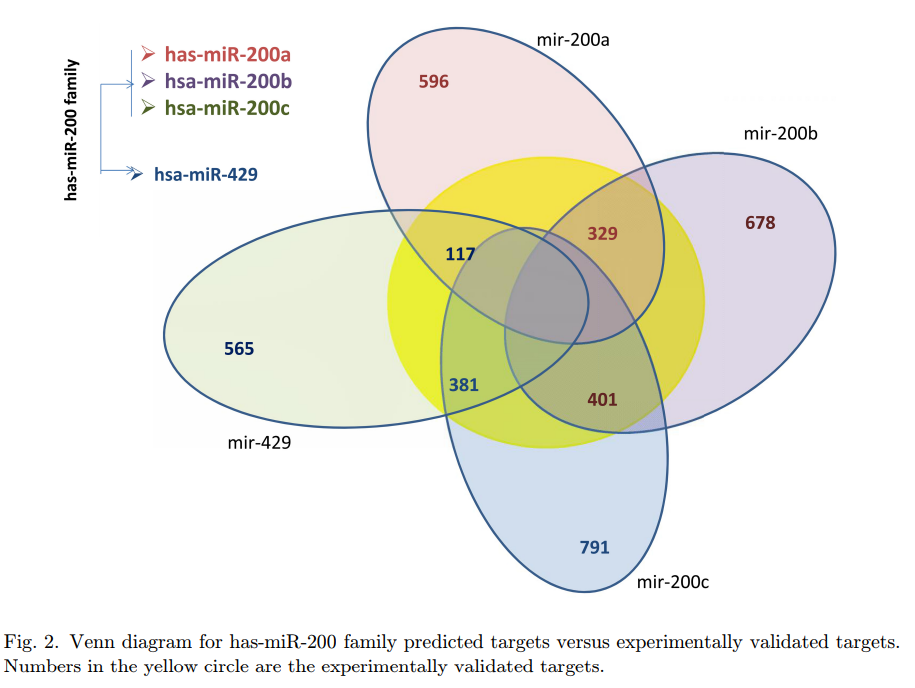
MicroTarget: MicroRNA target gene prediction approach with application to breast cancer
MicroRNAs are known to play an essential role in gene regulation in plants and animals. The standard method for understanding microRNA-gene interactions is randomized controlled perturbation experiments. These experiments are costly and time consuming. Therefore, use of computational methods is essential. Currently, several computational methods have been developed to discover microRNA target genes. However, these methods have limitations based on the features that are used for prediction. The commonly used features are complementarity to the seed region of the microRNA, site accessibility
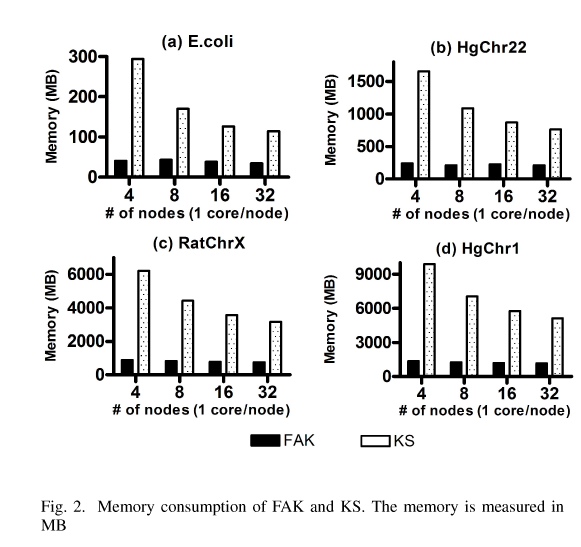
Dyadchurn: Customer churn prediction using strong social ties
The increase in mobile phone subscriptions in recent years, has led to near market saturation in the telecom industry. As a result, it has become harder for telecom providers to acquire new customers, and the need for retaining existing ones has become of paramount importance. Because of fierce competition between different telecom providers and because the ease of which customers can move from one provider to another, all telecom service providers suffer from customer churn. In this paper, we propose a dyadic based churn prediction model, DyadChurn, where customer churn is modeled through
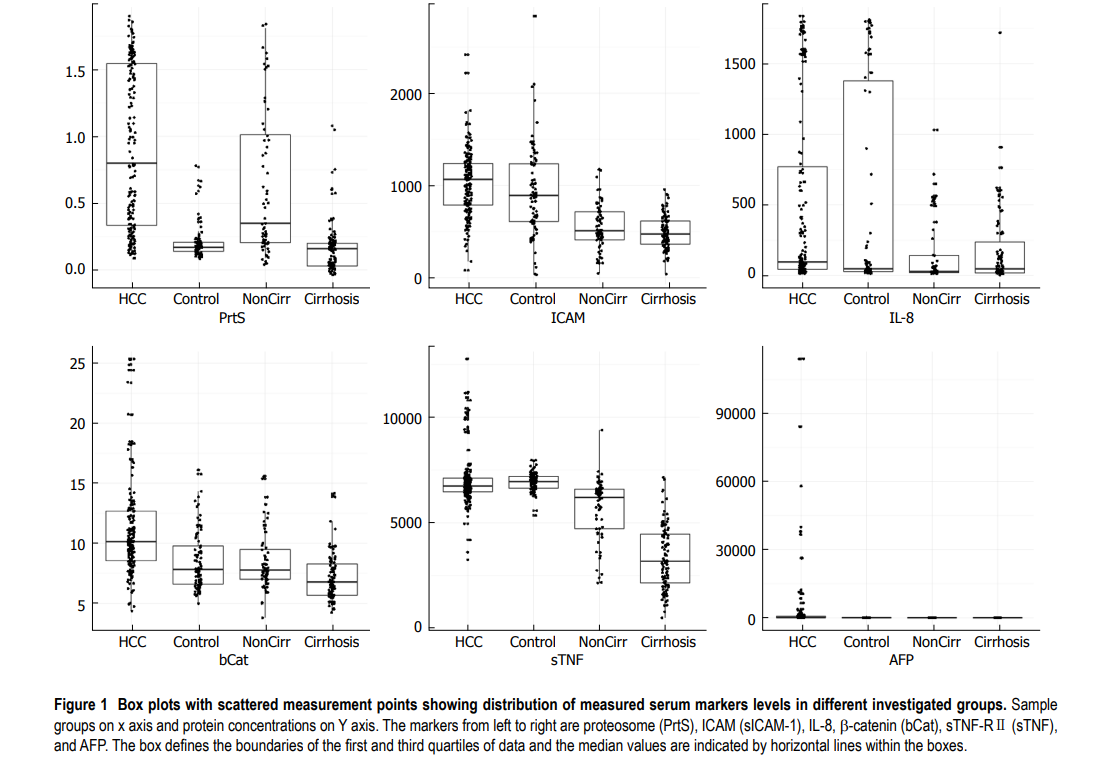
Early detection of hepatocellular carcinoma co-occurring with hepatitis C virus infection: A mathematical model
AIM: To develop a mathematical model for the early detection of hepatocellular carcinoma (HCC) with a panel of serum proteins in combination with α-fetoprotein (AFP). METHODS: Serum levels of interleukin (IL)-8, soluble intercellular adhesion molecule-1 (sICAM-1), soluble tumor necrosis factor receptor II (sTNF-R II), proteasome, and β-catenin were measured in 479 subjects categorized into four groups: (1) HCC concurrent with hepatitis C virus (HCV) infection (n = 192); (2) HCV related liver cirrhosis (LC) (n = 96); (3) Chronic hepatitis C (CHC) (n = 96); and (4) Healthy controls (n = 95). The
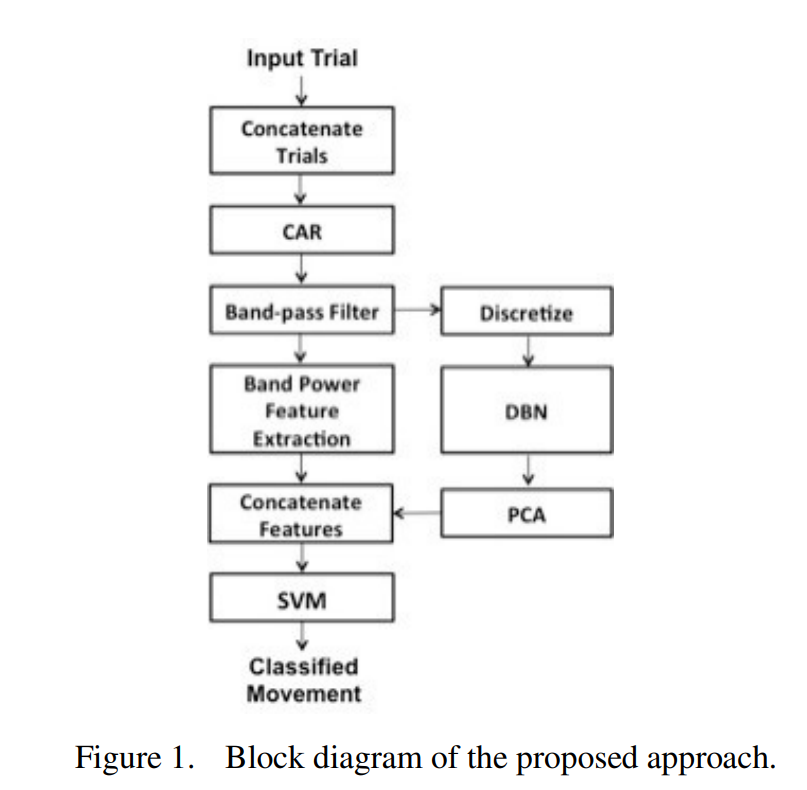
Dynamic Bayesian Networks for EEG motor imagery feature extraction
Dynamic Bayesian Networks (DBNs) are efficient graphical tools that could be used to detect causal relationships in multivariate systems. Here, we utilize DBNs to infer causality among electroencephalography (EEG) electrodes during a motor imagery task. We inferred the causal relationships between EEG electrodes during each of right and left hands imagery movements from 9 different subjects. We demonstrate how using the inferred connectivity as a feature enhances the discrimination among right and left hands imagery movements compared to using traditional band power features. Our analysis
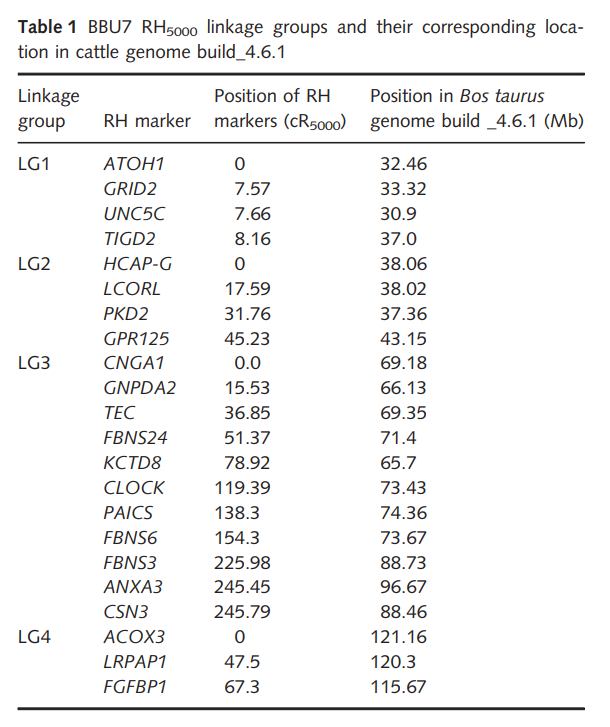
Radiation hybrid map of buffalo chromosome 7 detects a telomeric inversion compared to cattle chromosome 6
[No abstract available]

RFID-based indoors localization of tag-less objects
Object localization has become a necessary module in many radiofrequency identification (RFID) systems that require tracking features besides the conventional identification feature. A number of techniques exists in literature that uses the RFID signal information to locate the tagged objects, i.e. objects wearing RFID tags. Nevertheless, in many applications, it is required to track objects that do not carry a tag (whether intentionally or unintentionally). In this work, we propose a technique for tag-less object localization. The technique is based on reconstructing the attenuation map of
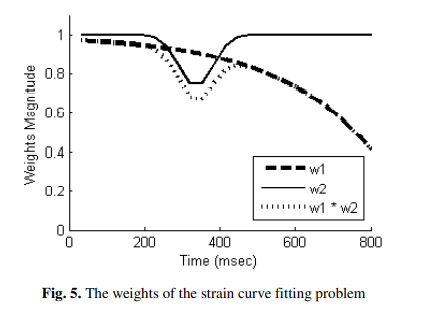
Correction of left ventricle strain signals estimated from tagged MR images
Strain measurement is a quantity used for assessing the regional function of the left ventricular (LV) of the heart. They are computed by tracking the motion of the non-invasive, virtual tags in the cardiac muscle with time. Tracking these tags gives information for each region of the cardiac muscle by quantifying its deformation during contraction (systolic period) and relaxation (diastolic period). However, these strain measurements suffer from inaccuracies caused by the degradation of the tags and the image quality. In this work, numerical simulations are used to investigate the factors
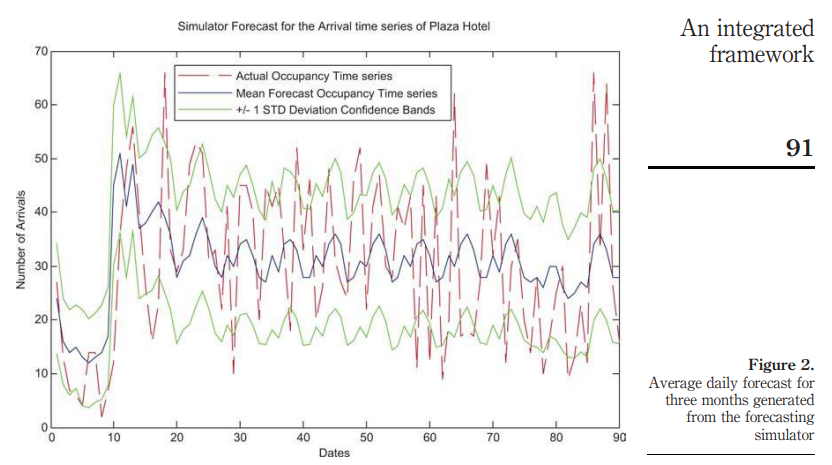
An integrated framework for advanced hotel revenue management
Purpose: This paper aims to present an integrated framework for hotel revenue room maximization. The revenue management (RM) model presented in this work treats the shortcomings in existing systems. In particular, it extends existing optimization techniques for hotel revenue management to address group reservations and uses "forecasted demand" arrivals generated from the real data. Design/methodology/approach: The proposed forecasting module attempts to model the hotel reservation process from first principles. In particular, it models hotel arrivals as an interrelated process of stochastic
Pagination
- Previous page ‹‹
- Page 16
- Next page ››

